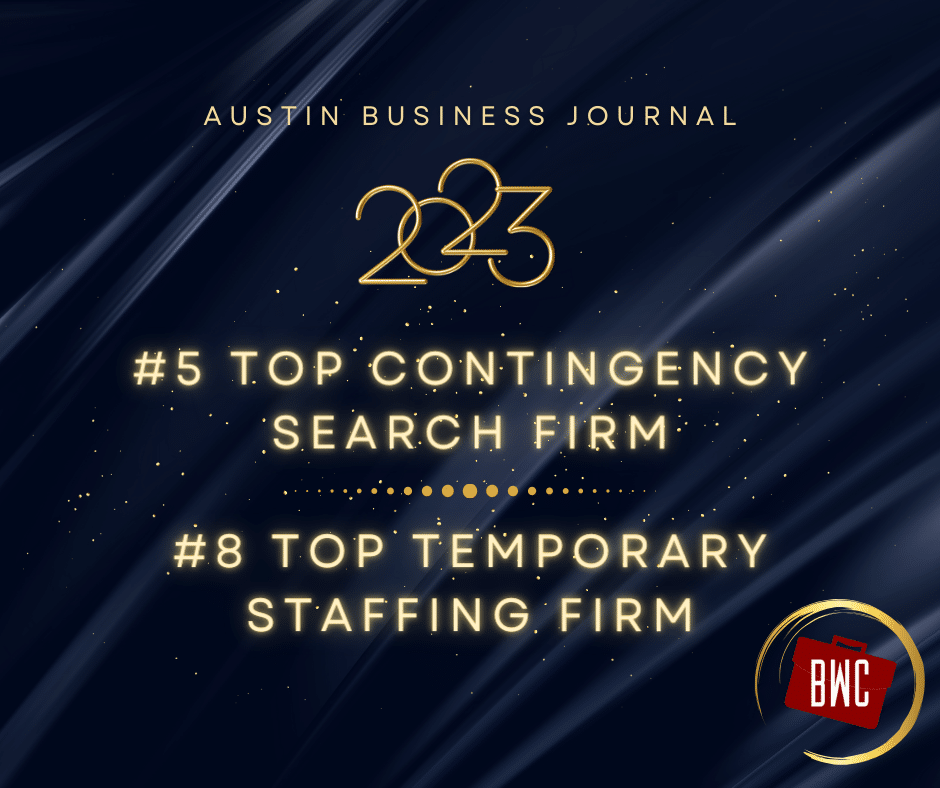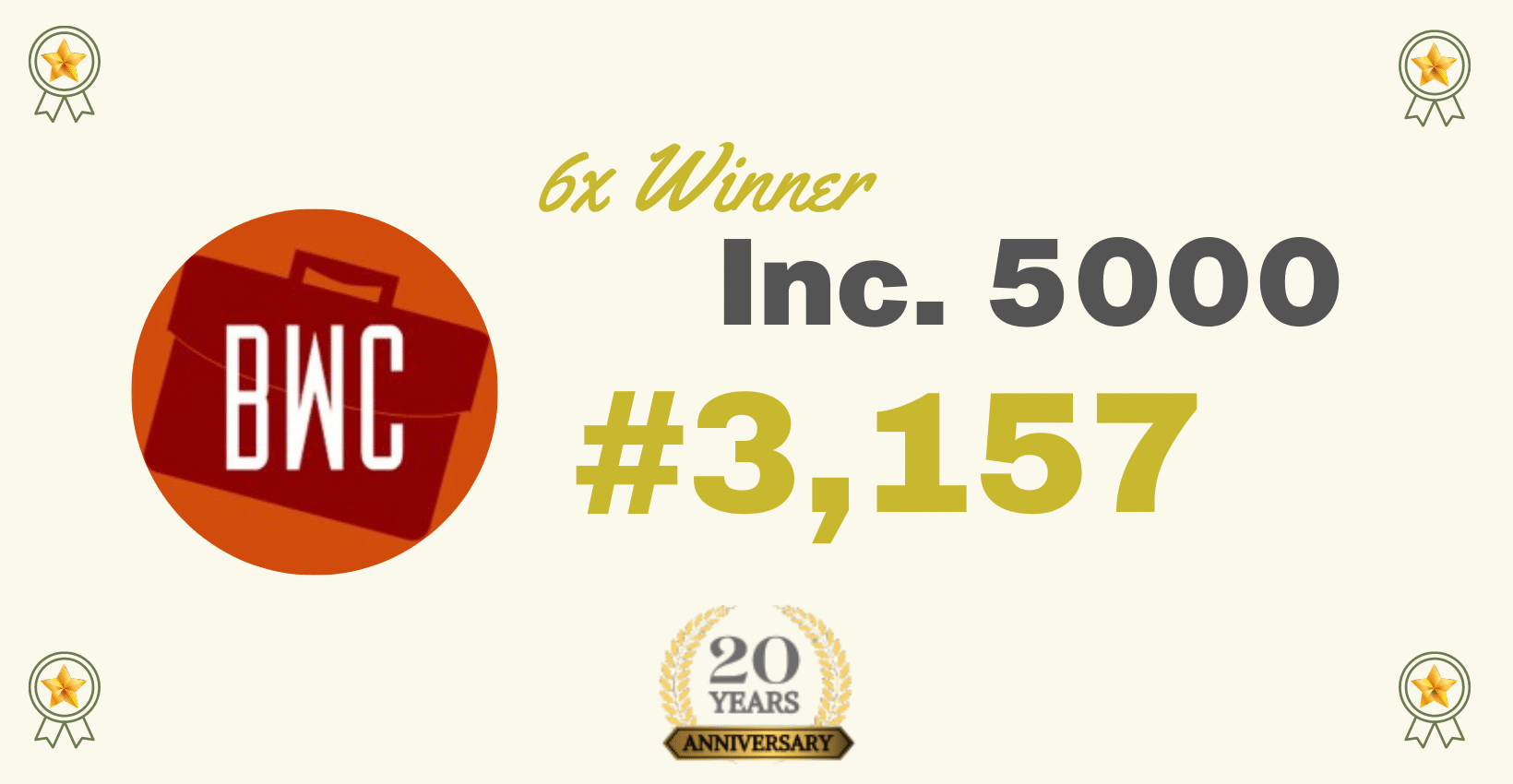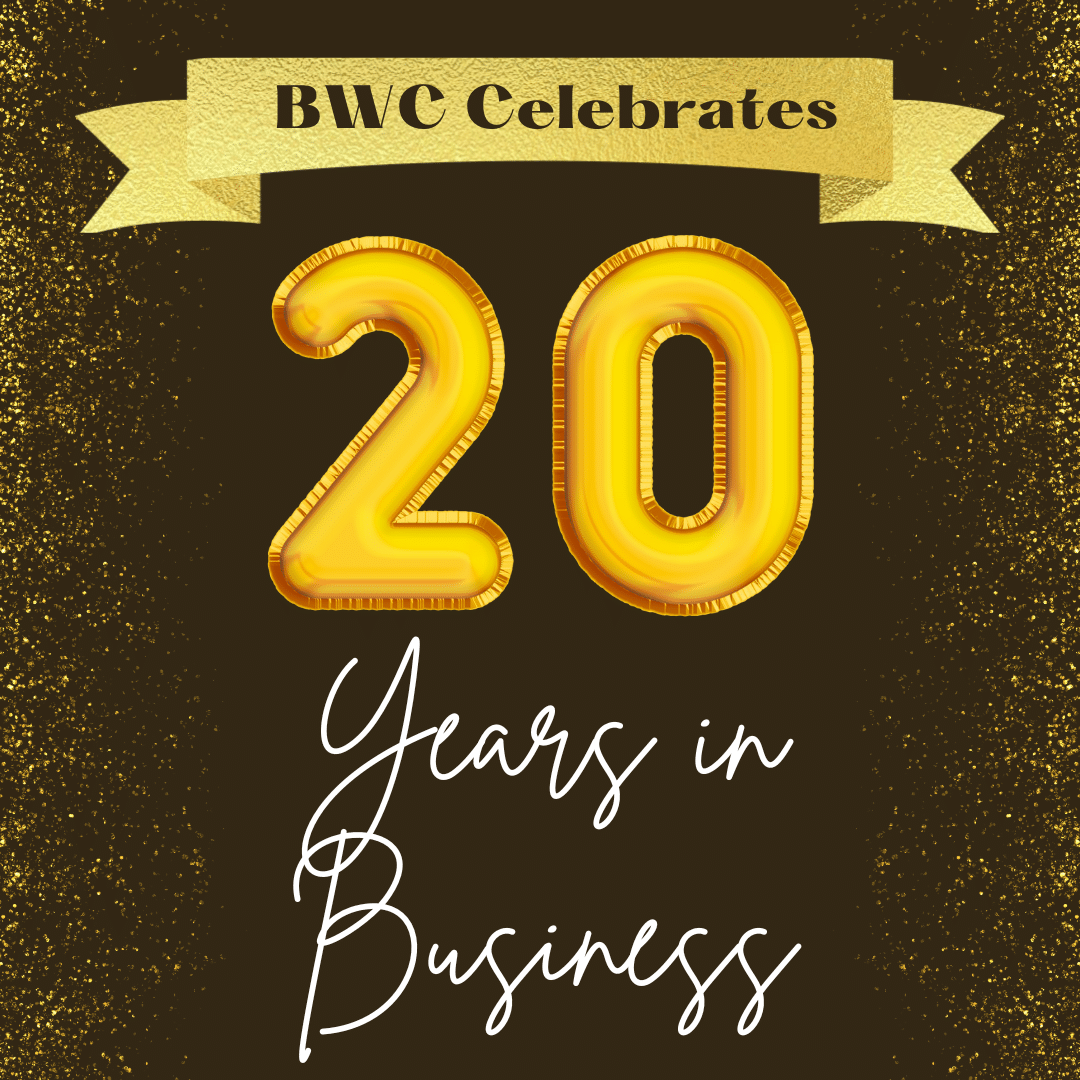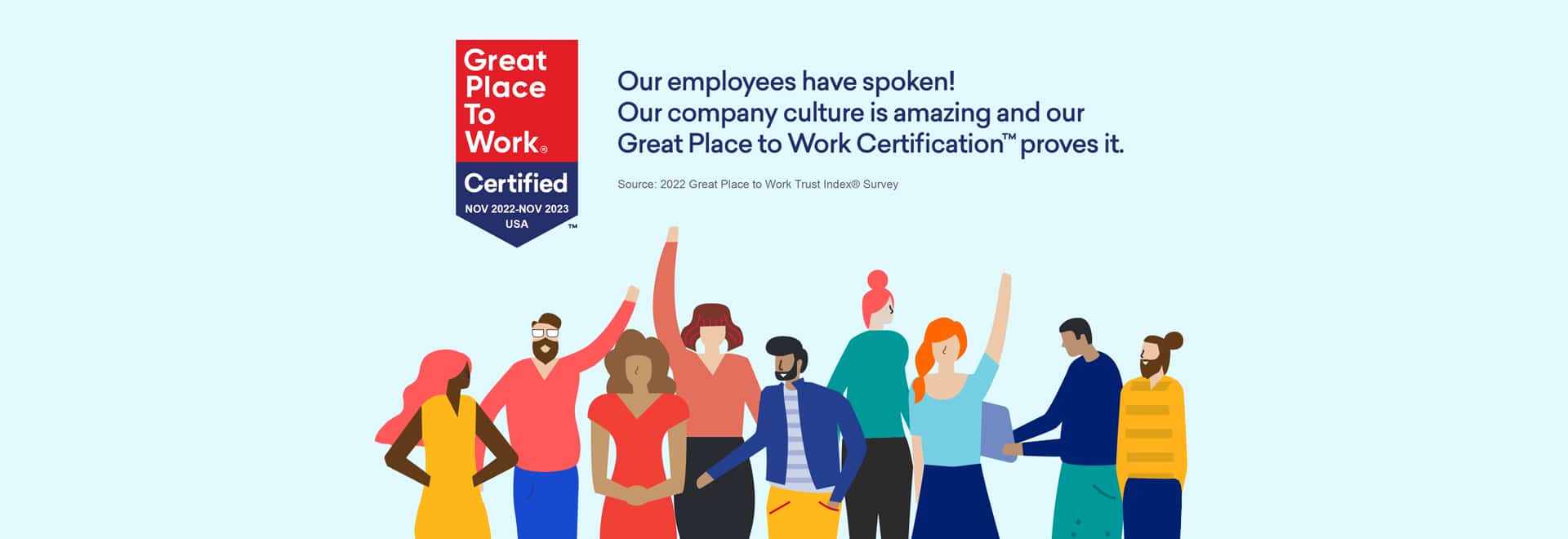Finally! Samantha hangs up the phone and immediately adds the just-scheduled interview to her calendar. She really wants this job, and she can’t wait to meet the hiring manager! It’s been a journey – a week for the first call-back, 2 phone screens over 2 weeks, then another week waiting to get the interview scheduled – but she got the interview! Her phone rings, and she decides to take the call.

So, now what? She hasn’t interviewed in a couple of years – will this interview be like the last ones she remembers, or are interviews different now? She’ll keep prepping and try to be ready for the meeting.
We’ve all been there: We get the call, go in for the interview, meet with everyone and their cousin in the department and beyond, answer the same questions 19 times, and leave hoping to get “the call.”
Guess what? It’s likely that the hiring team is facing some uncertainty of its own now, too. Different opinions about knowledge, skills and experience (can she do the job?), but even more questions about how well she’ll work with the team (the dreaded “fit” issue) and what about her leadership style?
The traditional corporate interview process is not easy from either side, and leaves some critical questions unanswered for all, but has so much history and momentum that it will likely continue being used for some time. Can we make it better? Absolutely, and important trends are underway now.
The main themes for emerging interviewing trends seem to focus on some worthwhile objectives:
- Making the interview process less formal and more engaging for the candidate
- Using technology to accelerate the process (easier to schedule, less time consuming)
- Getting more (and more valid) information about the candidate’s abilities and alignment with the job
- Improving hiring decisions
- Enhancing the candidate’s experience
According to a survey of 9,000 hiring managers & recruiters which our friends at LinkedIn compiled in a 2018 report, companies indicated that the 5 most useful new trends in interviewing include:
- Soft Skills Assessments (online tools measuring traits like teamwork, intellectual curiosity)
- Job Auditions (paying candidates to perform all or key parts of the job in realistic settings)
- Casual Interviews (meeting for lunch or coffee, these offer insight into social awareness, character)
- Virtual Reality Assessments (evaluate job-related candidate skills in VR environment)
- Video Interviews (timeliness and the ability to record, share with team, compare candidates)
The managers give these methods high marks because they provide insight into a candidate’s behavioral traits, demonstrate their actual skills, provide a try-out for the team, and may have less bias.
It seems that LinkedIn is walking the talk with at least one of these methods. LinkedIn’s own Head of Recruiting has vowed that he won’t interview in a conference room. Why? “So (he) can improve the candidate experience and blow people’s minds.” He’s more likely to have a walking meeting with candidates to set a more relaxed tone, drive the conversation in different ways, provide more insight into the person behind the resume, all while showing off a trendy office campus or uptown setting.
Walt Bettinger, CEO of Charles Schwab, takes it a step farther. He’s committed to getting people to open up and share true thoughts, insight, personality, and perspective. His key: Getting into their hearts, not just their heads.
One of his methods is scheduling a breakfast interview, arriving early to make some arrangements with the restaurant staff, then starting the meeting. When their breakfast orders arrive, it turns out that the candidate has received the “wrong” meal, and Bettinger evaluates the way that the candidate responds to the situation. Are they angry, frustrated, understanding? These reactions offer some insight into how the candidate may handle adversity, which is certainly part of the business world. How a leader reacts to adversity may impact not only the situation at hand, but the leader’s career growth path as well.
As companies continue to wrestle with tough hiring conditions, the cost and impact of making a bad hiring decision increases. It’s much more effective to make the right hire the first time, so let’s be sure that we get all the valid, job-related information we can to help ensure the best outcome. That’s where the emerging hiring tools and processes can truly add value – by providing more and better information.
Executive search firms can partner with hiring companies in redefining the selection process. When appropriate, search firms can use selected technologies to provide more comprehensive information about the candidate earlier in the selection process. We’ve got some ideas, just ask.
If companies keep doing what they’ve been doing – making decisions without key information while taking forever to do anything – they may find themselves restarting the hiring process 3 months down the line. Labor market conditions aren’t becoming more favorable while we’ve been learning the true cost of a poorly informed hiring decision.
“Hey, what about Samantha, we really liked her!” said the 7th interviewer at the meeting in which the team was reviewing the active candidates. So, finally, the hiring manager calls to extend the offer. Trouble is, Samantha took that other phone call 2 weeks ago, and she just accepted a better offer with a competitor whose entire selection process took less time than it took company X to get back with her after the interview. As did the other 3 candidates that he’d strung along for 6+ weeks. How’d that “let’s keep them warm” thing work out for you again?
Finally, their 5th choice accepted, but he just couldn’t handle the job and they had to let him go two months later. The candidate had the basic elements they were looking for, but his intrinsic motivation, relationship skills and that authoritative leadership style just didn’t work out. The hiring manager asks himself, “how did we miss that in our 19 interviews”? How indeed… It’s 2018 – join us, won’t you?






Leave A Comment